In the garden industry, a major trend over the last several years has been toward container gardening. We’ve all seen the pots of flowers sitting next to a neighbor’s front door or large planters overflowing with color in front of businesses or churches. If you’re like a good percentage of gardeners today, you have “patio pots” or other similar planters you use around your house, too.
This spring, as you figure out what to plant in the pots around your house, try something new that can bring joy all summer in addition to the happiness you get from the colors: welcome hummingbirds to your home!
For young and old alike, hummingbirds are fun to watch, and with container gardening you can bring the wildlife right up to your window. For hummingbirds, the key is to have the right plants, and thankfully, there are plenty of options suitable for containers.
If you wish to attract hummingbirds to a sunny location, petunias and calibrachoa are great options as they produce plenty of nectar and their funnel-shaped flowers are well-suited for hummingbirds to access. Traditional mounding petunias work well in the center of containers while trailing Wave petunias and calibrachoa are best placed around the perimeter of a planter or in a hanging basket.
When planting container gardens close to a house, many people have limited sun exposure to work with—if any at all. If you need shade-loving flowers, try planting a pot with impatiens. Colorful and showy, New Guinea impatiens work well in sun or shade and make great container plants. For your best chances at attracting hummingbirds, choose a color palette of bright colors—reds, pinks and orange work best.
Now, maybe hummingbirds are the least of your concern when planting container gardens—perhaps you’re interested in growing something for you to eat, not some blur of a bird! If that sounds like you, try container gardening with herbs.
To be honest, I must admit that as far as herb gardening goes, I’m still pretty new to the scene—this is only my second year growing herbs and I still have a lot to learn in how to properly use them once they’re out of the garden and into the kitchen. But, for all you interested parties, a bit of encouragement: herbs are easy to grow!
Frankly, many herbs grow like weeds, so you don’t need a lot of garden expertise to have a healthy, burgeoning container herb garden—all you need is a watering can, proper fertilizer and an easily-accessible hand pruner or scissors. The latter is important—herbs need to be harvested regularly to keep them from growing too large for your containers.
While there are hundreds of plants classified as “herbs,” I recommend starting an adventure in herb gardening with a few of the basics: chives, oregano, basil and thyme. With the help of a nursery professional, choose plants that will complement each other and will thrive in the size pot you have as well as the lighting conditions you can provide. Then, put together your planter, add a well-balanced fertilizer and keep the container lightly moist—in no time you’ll have a beautiful, delicious herb garden!
Whether you wish to enjoy the entertainment hummingbirds can bring to your window or discover fresh new flavors to add to your cooking, patio planters can provide more than just color through the growing season. This spring, visit a local independent nursery and learn more about how you can expand your horizons with a container garden!


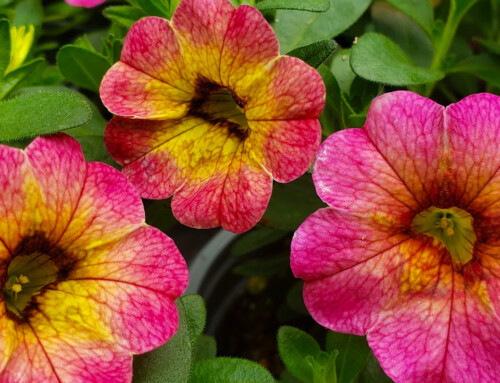
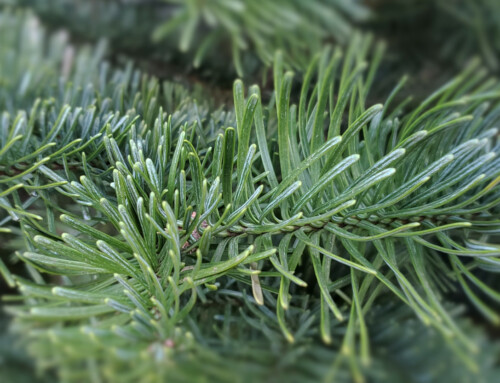
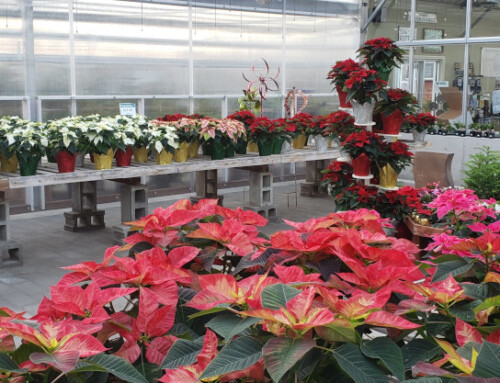
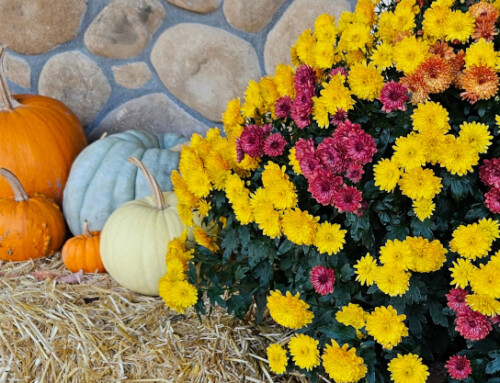
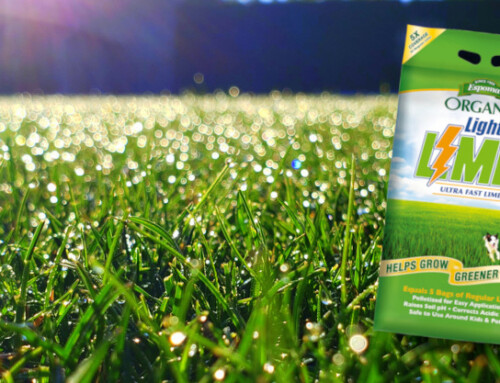
Leave A Comment